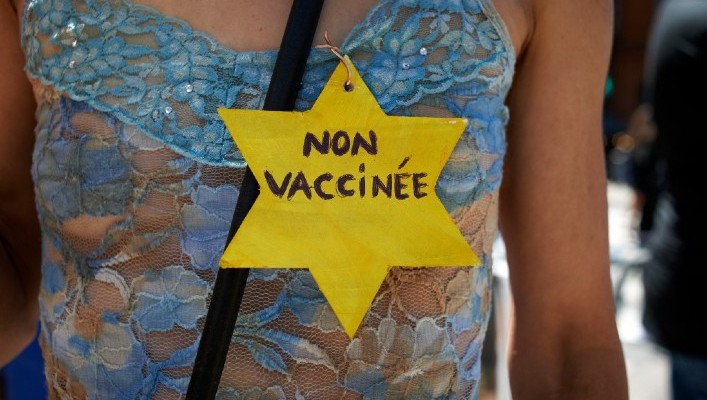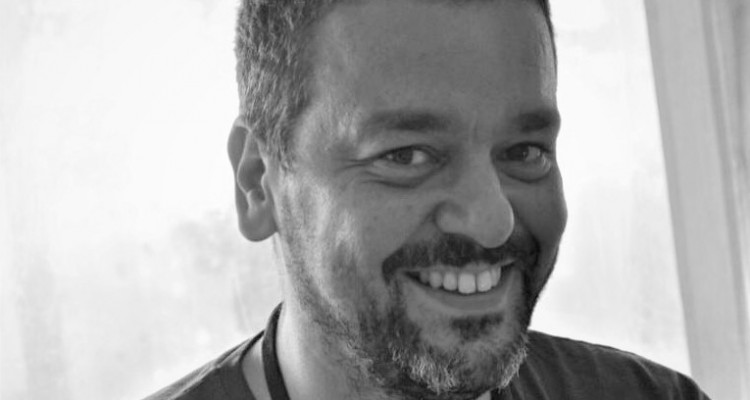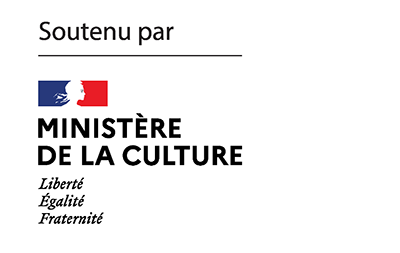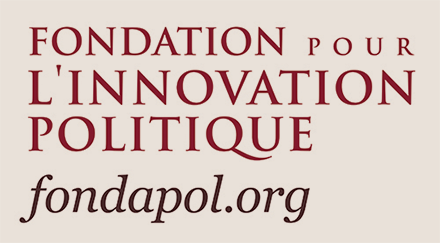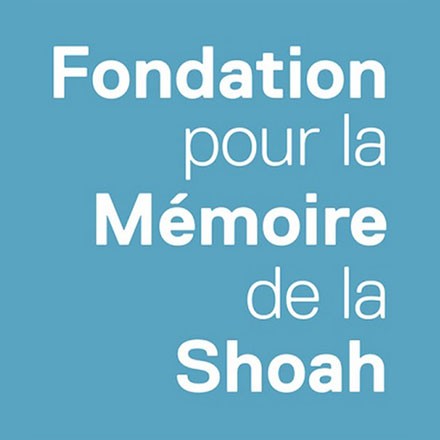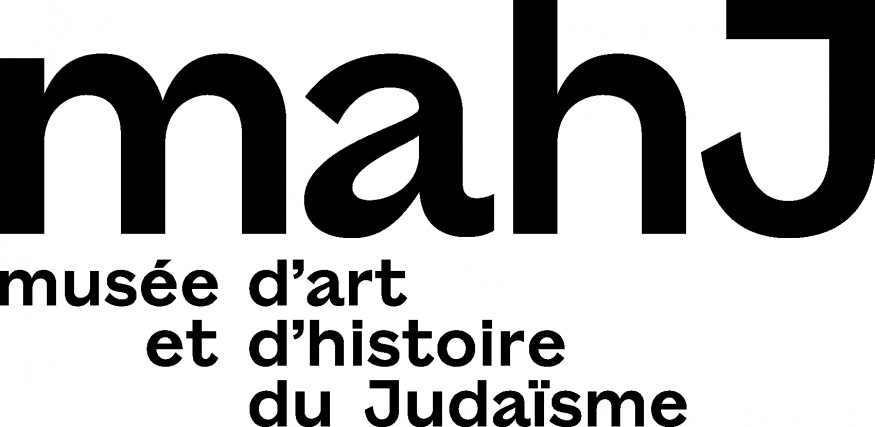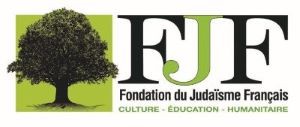We published in our 12 May edition an article by Rudy Reichstadt on the misuse of the yellow star. Since then, the absurd logic that underlies the use of this comparison hasp spread and been further elaborated. The anti-vax and anti-sanitary pass demonstrations, in which the reference to the Nazis’ marking of Jews, which augured their eventual extermination, have become the social movement of the summer, in France as in Europe. We see far too often at these protests the brandishing of the yellow star, an attempt to draw a comparison between the non-vaccinated and Holocaust victims.
If there is anti-Semitism at the bottom of this lamentable protest tactic, one senses that it is expressed in a confused manner – even if it is sometimes expressed with a certain form of innocence. That it is underpinned by a particular form of silliness, which is often the hallmark of innocence, is also suspected. We begin a Pavlovian manner to talk about pedagogy, learning history, without always perceiving that the yellow star as a ultimate slogan to express anti-system anger is not only the practice of illiterates who feel prevented from asserting their freedom.
Giorgio Agamben, philosopher of the “State of Exception,” of the “Bared life” and who once wondered about What remains of Auschwitz, he who affirmed a year ago that the pandemic was an “invention,” is not ignorant. The reference to the Shoah is even a key to the knowledge that he intends to share on the nature of “the contemporary.” One must perceive according to him the persistence of a “despotic” logic inside the contemporary. Agamben posed the following question vis-a-vis Italian politicians urging vaccination: “Does he not realize that he is using fascist jargon [and that] the green certificate [the name of the “health pass” in Italy] makes those who do not have it the bearers of a virtual yellow star?”[1] Dictatorship and fascism being today realities of which “we are not aware,” the yellow star is thus brandished as the light supposed to reveal the post-Nazi truth lodged in the unconscious heart of our reality.
Incensed by this climate, Julia Christ interrupts our summer reprise and examines this week the return of the yellow stars. For her, far from Agamben, it is not the “anti-system” rear-guard of society that expresses itself through the hijacking of the symbol, but rather a kind of hyper-individualistic and ultraliberal avant-garde.
But the summer reprise has not been totally abandoned: K. puts back on the front page of the website the interview with the cartoonist, novelist and film director Joann Sfar, where he attested to his “terror at the prospect of the disappearance of a European Jewish cultural and intellectual life”; as well as the conversation between Jean Marc Liling and the historian Diana Pinto, for whom “the Jews of Europe must re-examine the moments when their encounters with the outside world were positive as well as their old passion for universal values.”
Notes
| 1 | “Che il vaccino si trasformi così in una sorta di simbolo politico-religioso volto a creare una discriminazione fra i cittadini è evidente nella dichiarazione irresponsabile di un uomo politico, che, riferendosi a coloro che non si vaccinano, ha detto, senza accorgersi di usare un gergo fascista: “li purgheremo con il green pass”. La “tessera verde” costituisce coloro che ne sono privi in portatori di una stella gialla virtuale.”, in “Cittadini di seconda classe”, Qodlibet, July 16, 2021 |
